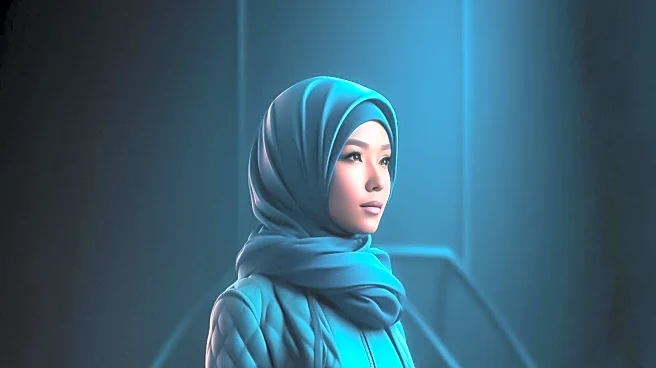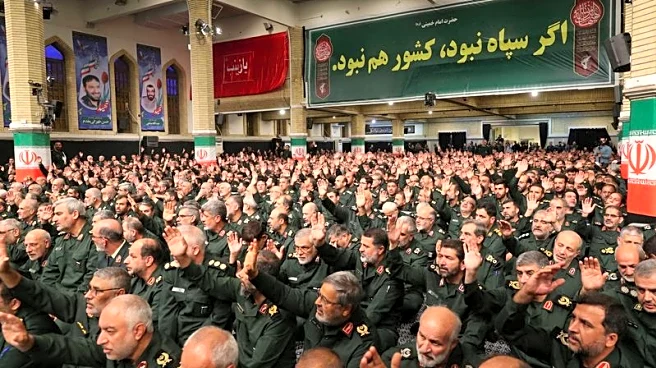What's Happening?
Iranian women are increasingly defying the mandatory hijab law, participating in public activities without covering their hair. This social change is evident in various cities, including Tehran, where
women are seen dancing, smoking, and baring their hair in public, actions that are typically forbidden. The movement gained momentum following the death of a young woman in custody for improper hijab, sparking mass protests demanding an end to the mandatory hijab and broader social reforms. Despite the law technically remaining in place, enforcement has significantly weakened.
Why It's Important?
The defiance of the hijab law by Iranian women represents a significant shift in social norms and challenges the regime's authority. It highlights the growing demand for personal freedoms and could lead to broader social and political reforms in Iran. The movement may influence gender equality and human rights discussions globally, as well as impact Iran's international image. The regime's response to this social change could affect its stability and future policy directions.
Beyond the Headlines
The weakening enforcement of the hijab law reflects deeper cultural and generational shifts within Iran. It raises questions about the regime's ability to maintain control over social policies and the potential for further liberalization. The movement's success could inspire similar actions in other conservative societies, promoting gender equality and individual rights. The regime's handling of this issue may also affect its relations with reformist factions and international human rights organizations.












